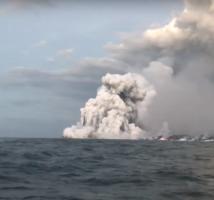 On Monday, the name “Hot Spot“ proved dangerously prophetic for a tour boat operating in waters off the coast of Kapoho on the Big Island of Hawaii. The tour boat was carrying about 49 passengers at around 6 AM, observing the flow of lava into the sea from the Kilauea volcano, when the boat was struck by a lava explosion.
On Monday, the name “Hot Spot“ proved dangerously prophetic for a tour boat operating in waters off the coast of Kapoho on the Big Island of Hawaii. The tour boat was carrying about 49 passengers at around 6 AM, observing the flow of lava into the sea from the Kilauea volcano, when the boat was struck by a lava explosion.
A basketball-sized “lava bomb” hit the roof of the tour boat, injuring at least 23 passengers. One woman who suffered a broken femur was later airlifted to the Queen’s Medical Center on Oahu for emergency treatment. The boat named “Hot Spot” returned to Wailoa Harbor in Hilo with the injured passengers. Four passengers, including the woman who was later airlifted to Oahu, were taken by ambulance to the Hilo Medical Center.

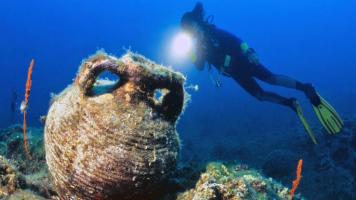 Can Albania both protect and profit from the veritable treasure trove of shipwrecks, ancient and modern, which lie off its coast? Along a 220 stretch of the Ionian coast, there are dozens of wrecks dating from the 6th century B.C. through World War II. The Albania National Coastline Agency thinks that there is the potential to make underwater archeology part of the tourism industry. The immediate concern, however, is whether they have the resources to chart and protect the largely undocumented wrecks before they are
Can Albania both protect and profit from the veritable treasure trove of shipwrecks, ancient and modern, which lie off its coast? Along a 220 stretch of the Ionian coast, there are dozens of wrecks dating from the 6th century B.C. through World War II. The Albania National Coastline Agency thinks that there is the potential to make underwater archeology part of the tourism industry. The immediate concern, however, is whether they have the resources to chart and protect the largely undocumented wrecks before they are 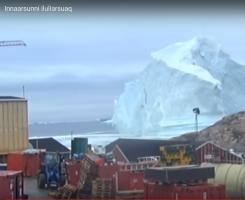 A 300 foot high, 11-million-ton iceberg is threatening the tiny Greenland village of Innaarsuit. The massive iceberg has grounded just off the coast. The concern is that if the iceberg should calve, the plunging ice could create a tsunami-like wave that could inundate the village of 170. Those living closest to shore have been evacuated to higher ground. The village’s power station and fuel tanks, however, are also located close to the shore.
A 300 foot high, 11-million-ton iceberg is threatening the tiny Greenland village of Innaarsuit. The massive iceberg has grounded just off the coast. The concern is that if the iceberg should calve, the plunging ice could create a tsunami-like wave that could inundate the village of 170. Those living closest to shore have been evacuated to higher ground. The village’s power station and fuel tanks, however, are also located close to the shore.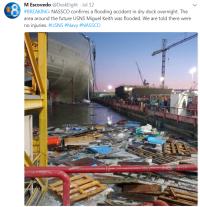 Oops. Last Wednesday, the graving dock at the General Dynamics NASSCO yard in San Diego, CA flooded after the dock gate at least partially collapsed. The ship under construction in the graving dock, the
Oops. Last Wednesday, the graving dock at the General Dynamics NASSCO yard in San Diego, CA flooded after the dock gate at least partially collapsed. The ship under construction in the graving dock, the 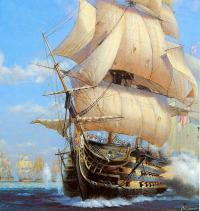 On July 21, the fore topsail set on
On July 21, the fore topsail set on 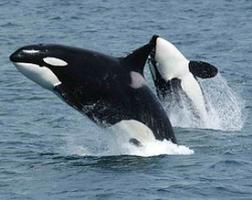 The resident
The resident 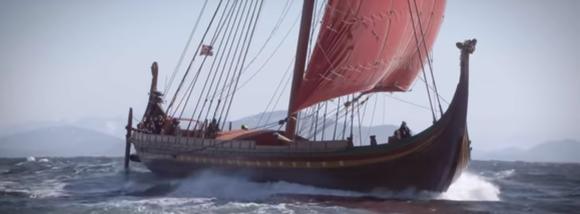 The
The 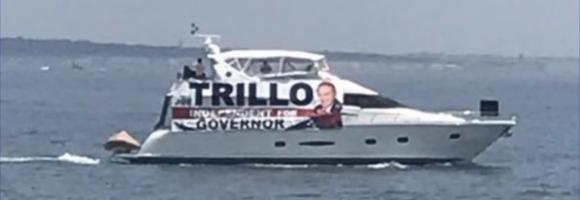 At one point in her long and storied career, the 1885 built, 131-foot schooner yacht
At one point in her long and storied career, the 1885 built, 131-foot schooner yacht 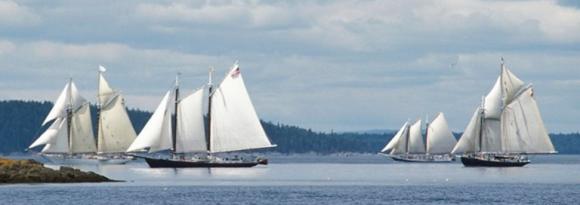
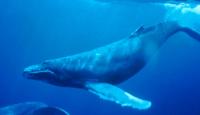 The Trump administration announced that it would
The Trump administration announced that it would 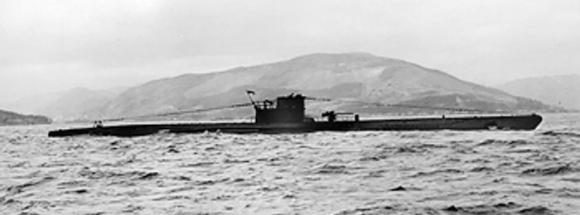 In June, three Spanish divers located the wreck of the German World War II submarine U-966 near the coast of Galicia in north-west Spain. The
In June, three Spanish divers located the wreck of the German World War II submarine U-966 near the coast of Galicia in north-west Spain. The  I recently learned the
I recently learned the 













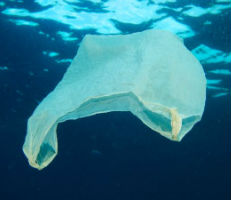 The best way to combat plastic pollution in the oceans is to stop the plastic before it gets there.
The best way to combat plastic pollution in the oceans is to stop the plastic before it gets there.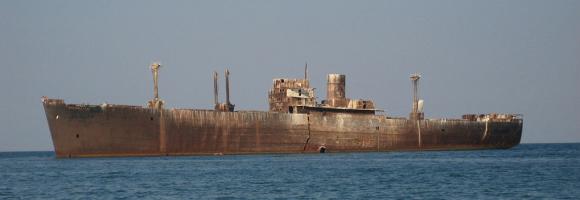 The
The 
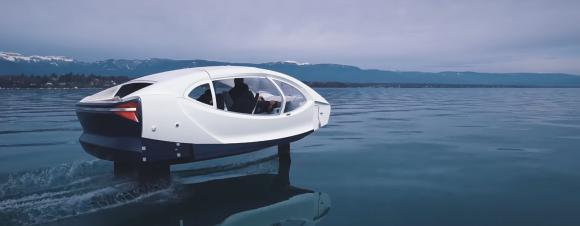 A year and a half ago we posted about
A year and a half ago we posted about 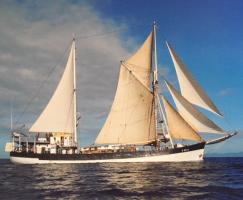 We recently
We recently